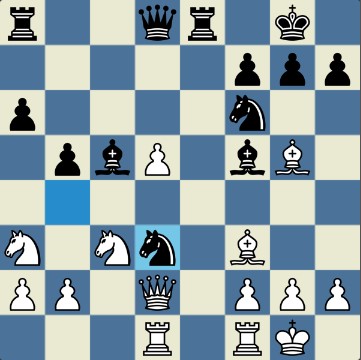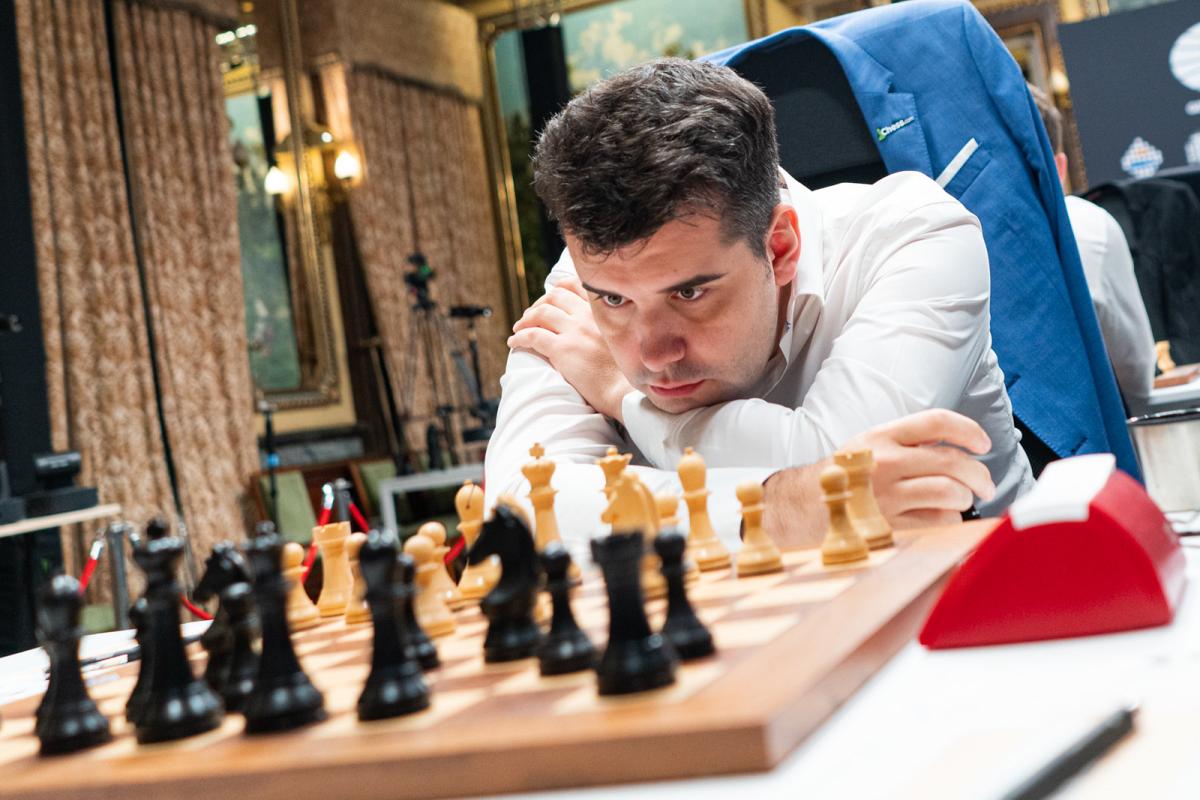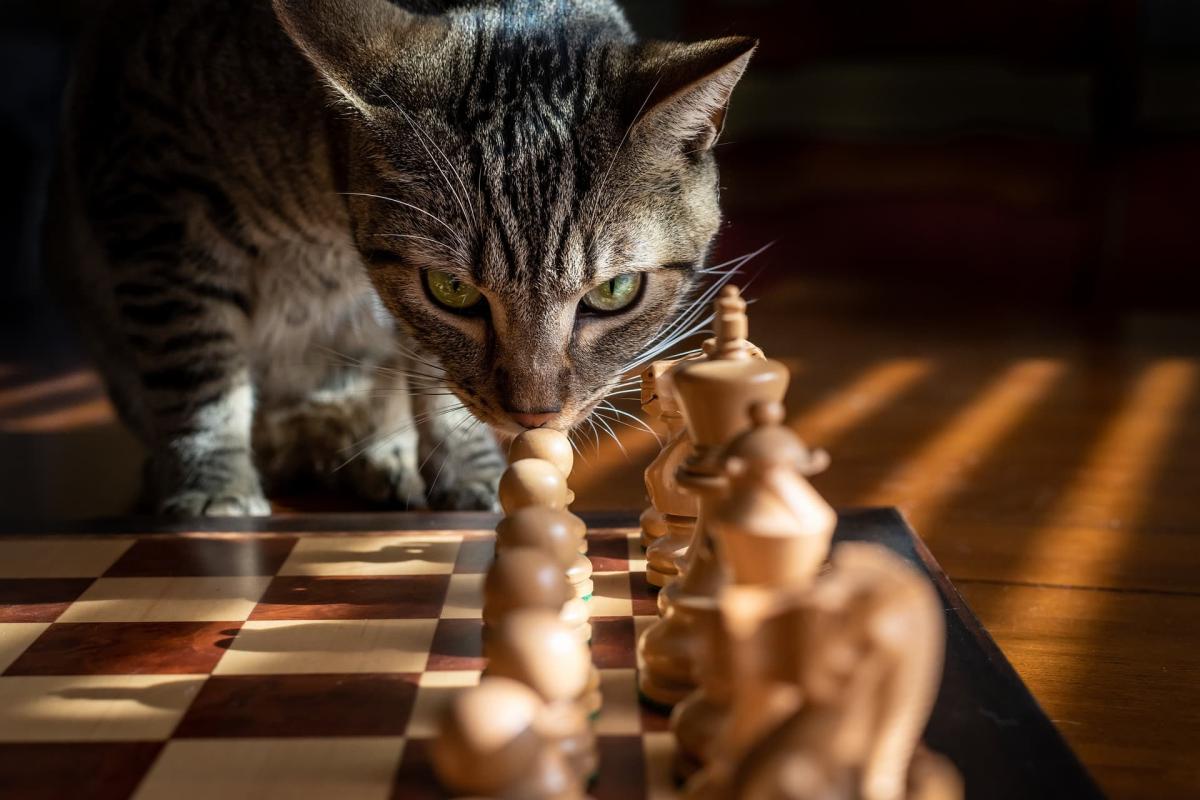Though both the bishop and the knight are technically worth three pawns (or points), they have very different strengths and weaknesses in chess, which means their power levels are radically different depending on what’s going on on the board at any given time.
A good understanding of when a bishop is better than a knight and vice versa marks a great step forward for every chess player. Here are the key things to keep in mind when evaluating whether you should keep the horse over the pope.
What is a bishop and a knight worth in chess?
The bishop is worth three points in chess. The pawn is the baseline piece, worth one point. The rook and the queen are more valuable than a bishop (five and nine points, respectively), and it is easy to see why: a single bishop can only access half of the squares on the board, while both of the heavy-hitting pieces simply have more mobility.
But a knight is also worth three points, despite having very different properties. Its unique, L-shaped jumps allow it to pull off maneuvers no other piece is capable of on the board, and it is by far the best piece to pull off nasty tactical strikes. Knight forks, for example, can be especially difficult to spot on lower levels of play.
When is the knight worth more than the bishop in chess?
So where does this leave us? Technically, a knight and a bishop are worth the same, and this is a good rule of thumb when you’re getting started about their relative strengths. You don’t want to give up a rook for either a knight or a bishop under normal circumstances, but you’re happy to give it up for both.
But all chess pieces have a relative value: their strength based on the specific state of play on the chessboard. This is where the biggest differences between a knight and a bishop come in.
Bishops do better in open positions, where pawns have been traded off and there are a lot of long and open diagonals to exploit. This way, they can cover many squares across the board at the same time and rapidly redevelop from point A to point B. They also do better when their counterpart is still on the board. That way, no squares are off-limits for you.
On the other hand, knights benefit greatly from their unique ability to jump over other pieces in closed positions, where many pawns are on the board, facing each other in a chain. The more the other pieces struggle to move, the more the knight comes alive.

Knights also have a unique synergy with queens when attacking, as they cover pretty much every entry option and aggressive approach. Should you drop a knight deep into the enemy position onto a protected square, you’ll have an incredibly powerful piece to work with. Knights are also great in time trouble to trick your opponents and find tactical saves in otherwise losing positions.












Published: May 10, 2022 12:40 pm